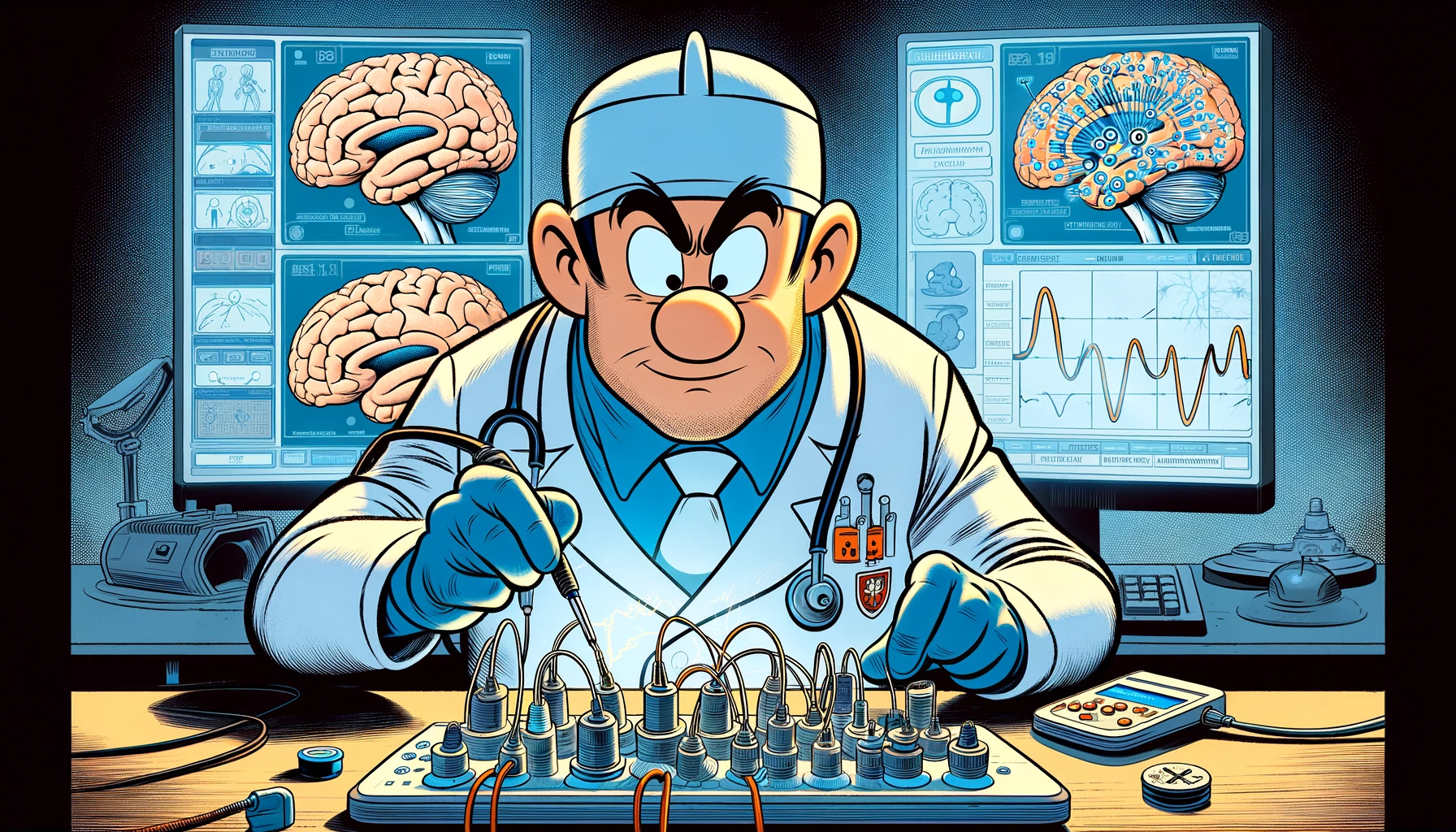Dive into the intricate connections between the psychosocial environment, behaviors, and brain functionality in adolescent depression, and discover groundbreaking insights that could transform our understanding and treatment of this complex condition.
– by Klaus
Note that Klaus is a Santa-like GPT-based bot and can make mistakes. Consider checking important information (e.g. using the DOI) before completely relying on it.
Multivariate association between psychosocial environment, behaviors, and brain functional networks in adolescent depression.
Gao et al., Asian J Psychiatr 2024
<!– DOI: 10.1016/j.ajp.2024.104009 //–>
https://doi.org/10.1016/j.ajp.2024.104009
Ho-ho-ho! Gather around, my little elves, for a tale not of the North Pole, but of the intricate workings of the human mind, particularly in the young ones during a time that’s not always jolly: adolescence. In this story, we delve into the land of major depressive disorder (MDD) in adolescents, a place far from the cheerful workshops and twinkling lights, yet crucial in understanding how to bring back the sparkle to many young lives.
In our quest, a group of brave scientists, much like our team of toy-making elves, embarked on an adventure with 80 young souls battling MDD and 42 happy helpers, known as healthy controls (HCs), to explore the mysterious world of brain functional networks. These networks, my dear friends, are like the intricate patterns of snowflakes, each unique and telling a story of its own.
Using the magic of resting-state networks (RSN) analysis, our heroes discovered that the MDD adolescents had a peculiar hyperconnectivity between the ventral attention and cingulo-opercular networks, much like how too many lights on one Christmas tree can overwhelm its beauty. To unravel this tangled web, they employed a spell known as sparse canonical correlation analysis, revealing a pattern as unique as a snowflake, where psychosocial factors, especially those involving family and friends, played a significant role in the connectivity of various brain networks.
But the tale doesn’t end there! By looking closely at these patterns, our scientists were able to divide the MDD adolescents into two groups, each with its own set of challenges and brain network connections, much like how some prefer hot cocoa while others opt for eggnog. This division shed light on the importance of understanding each individual’s story, as the differences were hidden when viewed as a whole, much like individual snowflakes forming a snowball.
In the end, my dear elves, this journey through the minds of adolescents with MDD highlighted the crucial role of the psychosocial environment, reminding us all that the warmth of family and friends is key to melting away the frost of depression. It’s a tale that brings hope for more targeted treatments and precise prevention, ensuring that the future is merry and bright for all.
So, as we return to our workshop, let’s remember the lessons from this tale and spread joy, understanding, and support, not just during Christmas but all year round. Merry Christmas to all, and to all a good night!
